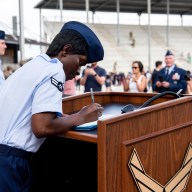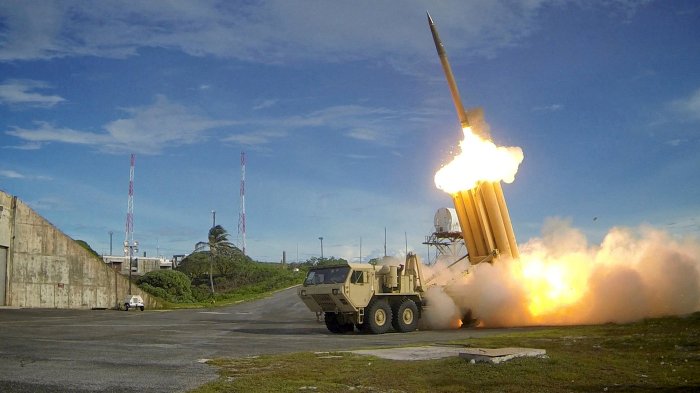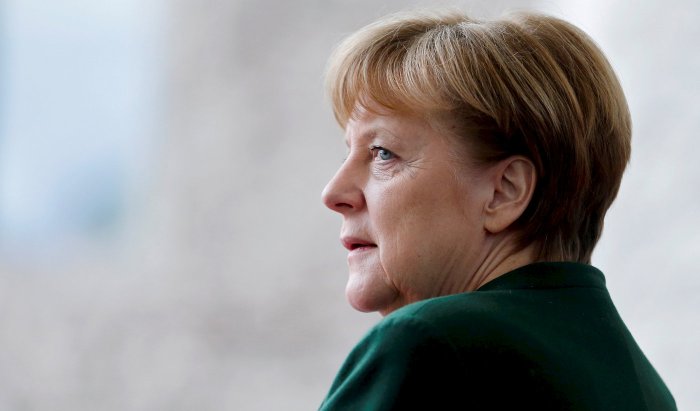By Wiktor Szary
WARSAW (Reuters) – At the height of the Cold War, NATO generals lost sleep over the “Fulda Gap”, a flat lowland area they identified as the easiest way for Warsaw Pact tanks to roll into Western Germany. As NATO’s borders have shifted east, they now worry about a new flashpoint of potential conflict with Russia: a 40-mile sliver of land dubbed the Suwalki Gap, whose seizure by Moscow’s troops could leave the three Baltic states, former Soviet republics, isolated and helpless. Weeks before a key summit in Warsaw, Poland is pushing its allies to use some of NATO’s planned new multinational forces to secure the gap, a move experts say is aimed at rebalancing what Warsaw sees as a ‘second class’ status within the alliance. NATO insists it is taking necessary measures to deter any Russian aggressive thinking, but without turning Suwalki itself into a source of tension near Russian borders.
”NATO has already changed its military posture to be able to respond militarily in that area,” NATO Secretary General Jens Stoltenberg said. “What we have done is increase the readiness of our forces…We are not doing this to create a conflict, but to avoid one.” Moscow denies territorial ambitions in the north but has expressed concern at any NATO build-up near its borders.
Poland says a direct presence of NATO troops in the gap area, the only overland route linking Lithuania, Latvia and Estonia with their allies, could change the political calculus and deter a potential aggressor. Analysts say Poland’s push to secure the area with NATO units is part of its wider strategy, driven partly by its suspicion of Western allies and aimed at ensuring NATO does not hesitate to defend its easternmost members. Deployment of alliance troops directly in this potential flashpoint area could mean Poland’s allies immediately find themselves facing hostile forces, even in a surprise attack, Deputy Defence Minister Tomasz Szatkowski told Reuters. Michal Baranowski, Director of the German Marshall Fund of the United States in Warsaw said: “In reality, this is Poland’s strategy aimed at automatically involving key NATO countries in a potential conflict.” SUSPICIOUS MINDS
Warsaw has never openly questioned the cast-iron character of Article 5 of the NATO treaty, which states that an attack on one member is an attack against all. NATO, in turn, has repeatedly said that its security guarantees are sacrosanct. But Poland’s bitter historical experiences, notably during World War Two, when Western allies failed to save it from a Nazi German, and later Soviet Russian invasion, mean that Warsaw would rather not have to test NATO’s resolve, analysts say. “Poland has been let down by its allies in the past,” said Tim Ripley, defense analyst at IHS Jane’s. “The suspicion still lingers in the minds of Poles.”
A former Soviet satellite, Poland joined the U.S.-led alliance in 1999. Two years prior, NATO, looking to ease Moscow’s anxiety about alliance expansion, declared it would not permanently station significant forces close to Russian borders. But after Russia’s annexation of Ukraine’s Crimea in 2014, Poland pushed for a permanent NATO base, with one official telling Reuters at the time the limits on the alliance’s presence in the region were “no longer valid”. PERSISTENT, RELUCTANT
Calls for a permanent NATO presence intensified after the right-wing Law and Justice (PiS) party came to power in October.
But Poland’s dream of hosting a permanent NATO base did not come true – partly, analysts say, because of NATO unwillingness to break the 1997 declaration.
At an upcoming summit in Warsaw, allies will instead approve a range of deterrence measures for eastern Europe, which involves troops on rotation and warehoused equipment.
Poland will likely host a U.S.-led battalion of around 1,000 soldiers, with troops rotating in and out of the country. The Baltic states will each host a similar, ally-led battalion.
But even here some European allies proved reluctant to help, highlighting internal doubts over whether the alliance should not be focusing on its southern flank.
Some NATO allies are also anxious not to appear provocative towards Russia, which has already responded to NATO’s announced build up with readiness drills of its military.
Exactly where Poland’s NATO battalion will be stationed will not emerge until months after the summit, Polish defense officials say, but NATO reluctance to provoke Russia makes the Suwalki gap an unlikely location. Speaking to reporters in Prague, chairman of the NATO Military Committee General Petr Pavel acknowledged the Suwalki gap was NATO’s weak spot; but the four battalions “should be rather a political deterrence than a military one”. [L8N19C1DT] “Poland’s allies want to … avoid a confrontational approach to Moscow,” said Baranowski of the GMF in Warsaw. “We’re talking about the largest-ever NATO units persistently based in Poland, and putting them right next to Russia’s border would certainly have to draw a response from Russia.” (Additional reporting by Pawel Sobczak, Robin Emmott in Brussels, Andrius Sytas in Vilnius, Robert Muller in Prague, Joachim Dagenborg in Trondheim, Norway; editing by Ralph Boulton)
















